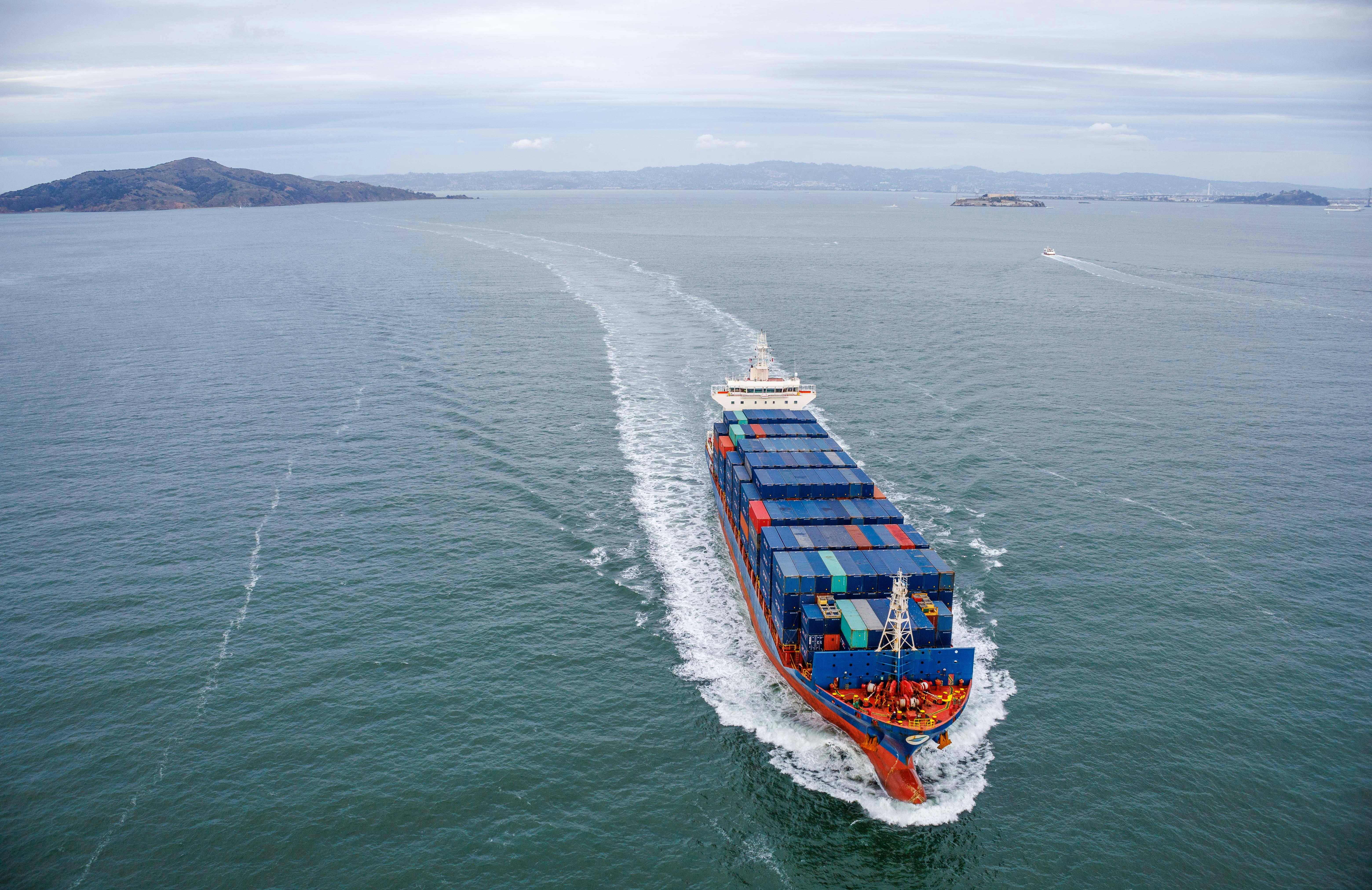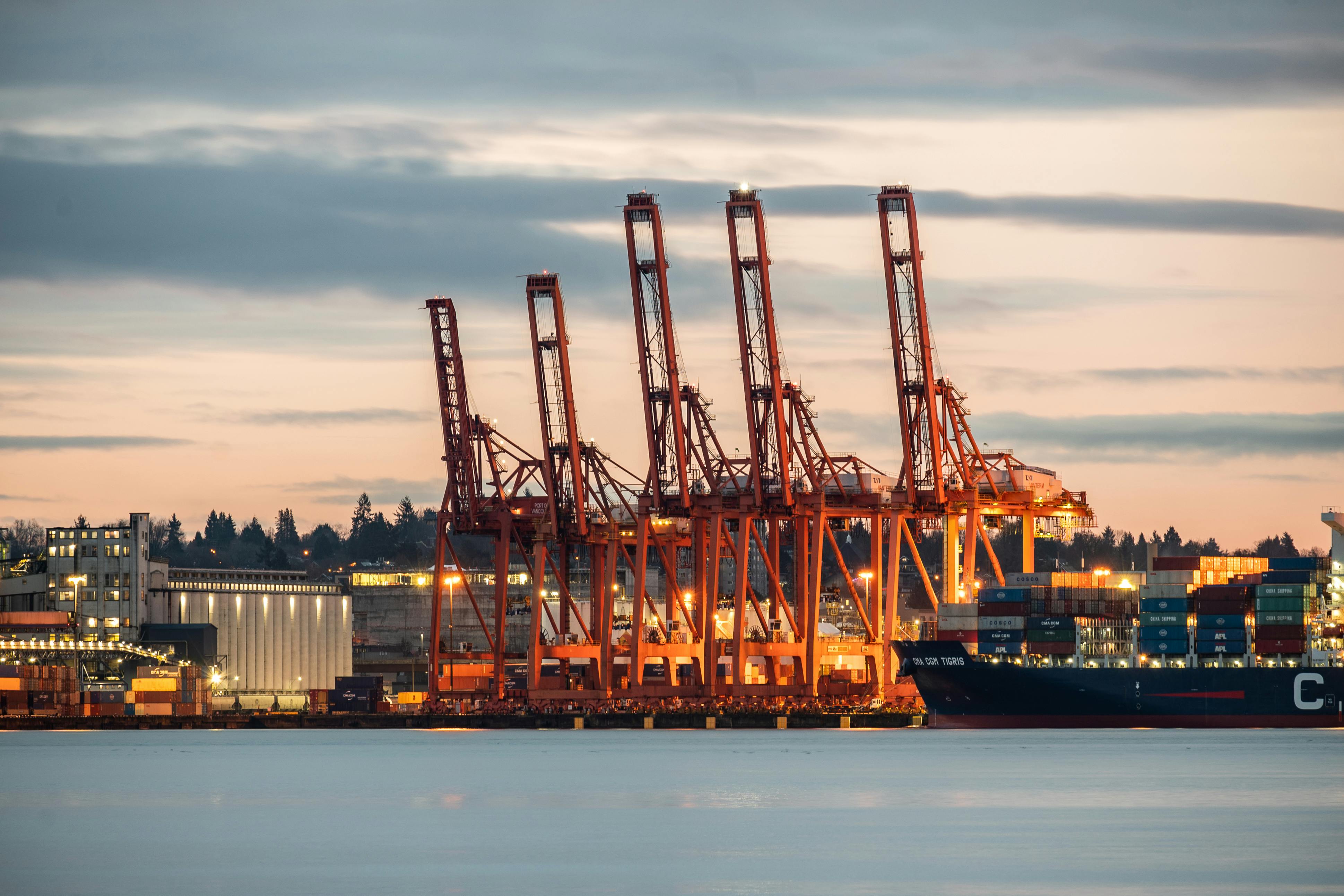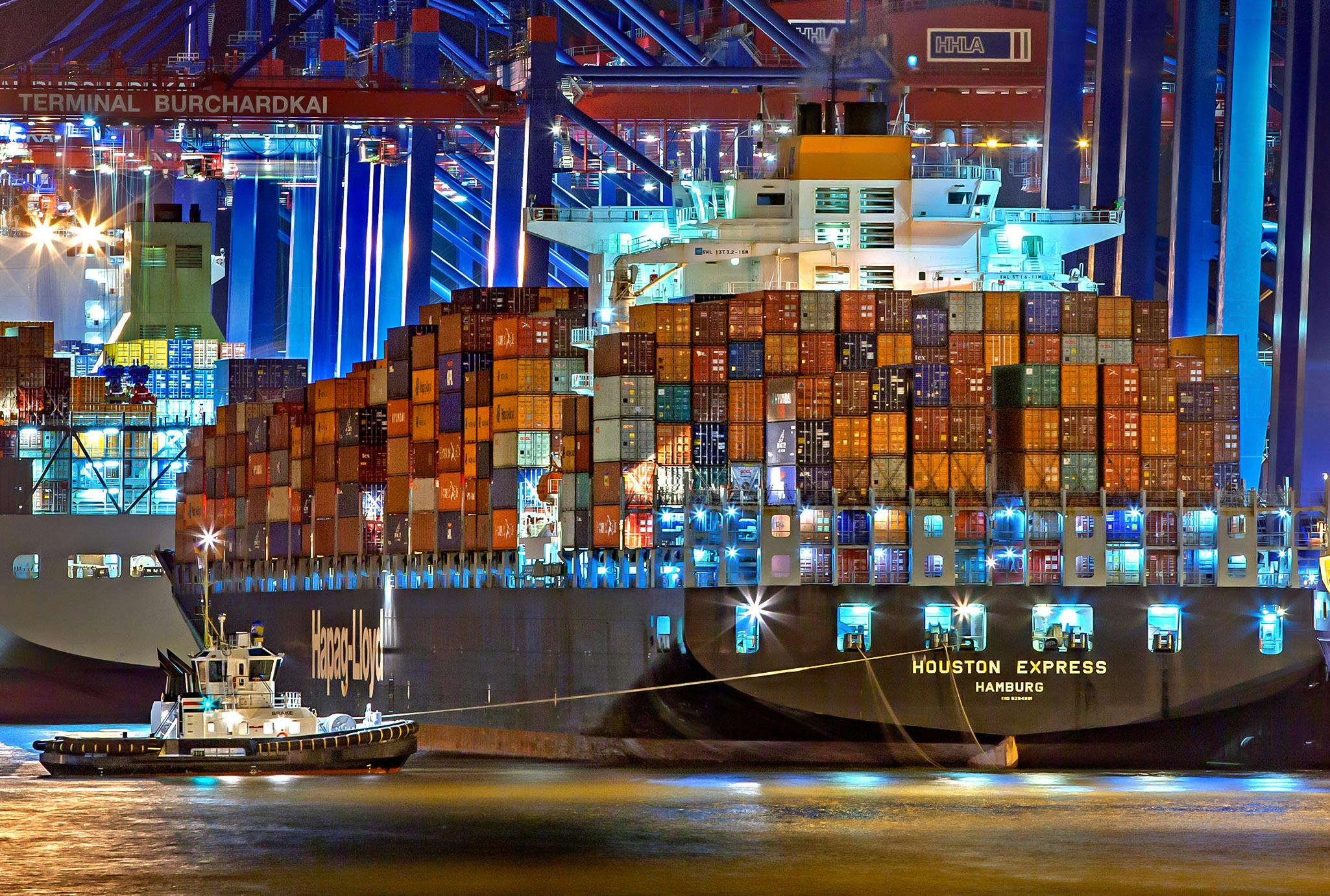The Art of Tariff Engineering: How Companies Outsmart Import Duties
How Companies Use Creative Loopholes to Outsmart Import Taxes and Save Millions

March 20, 2025
Introduction
When you hear about tariffs, you might picture government officials setting rules to protect domestic industries. But what if companies could legally tweak their products to dodge those hefty taxes? Enter tariff engineering—a clever, sometimes sneaky, but entirely legal way for businesses to cut costs by classifying their products in ways that attract lower import duties. From car manufacturers to sneaker brands, businesses have been playing this game for decades. Let’s dive into the fascinating world of tariff engineering and explore how companies get creative to save big bucks.
The History of Tariff Engineering
The Origins: Sugar Imports and Early Loopholes
Tariff engineering isn't a modern-day invention. In fact, it dates back to 1881 when sugar importers discovered a clever trick. Since sugar was taxed based on its grade and color, one importer darkened his product with molasses, making it appear lower quality and eligible for a lower tariff. Customs tested the sugar and found it to be high-quality, but the Supreme Court ruled that since Congress had set a color-based classification system, the importer’s tactic was valid. This set the stage for future businesses to find loopholes in tariff regulations.
The 1960s Chicken Tax and Its Long-Lasting Effects
One of the most significant tariffs in U.S. history came in the 1960s when President Lyndon B. Johnson retaliated against European import taxes on American chicken by slapping a 25% tariff on imported light trucks. While the tax on chicken eventually disappeared, the tariff on trucks remained, dramatically shaping the U.S. auto industry. To this day, many foreign automakers either build their trucks in North America or find ways to classify them as something else to avoid the tax.
Clever Workarounds in the Automotive Industry
Subaru’s BRAT: Pickup or Passenger Car?
In the late 1970s, Subaru wanted to sell its small BRAT pickup truck in the U.S., but the 25% tariff on light trucks posed a problem. The solution? Bolt two plastic jump seats into the truck bed. This simple addition technically classified the BRAT as a passenger vehicle, which was only subject to a much lower 2.5% tariff. The trick worked until 1986, when the BRAT was discontinued. Today, collectors seek out original models with the quirky rear-facing seats, proving that a tariff workaround can become a design feature!
The Impact of the Chicken Tax on Modern Truck Manufacturing
Because of the chicken tax, nearly every pickup truck sold in the U.S. is either built domestically or arrives in a partially assembled form to skirt the tariff. For example, Ford used to import its Transit Connect van from Turkey with rear seats installed. Once the vehicles arrived in the U.S., the seats were removed and recycled—just to dodge the tariff. These workarounds highlight how companies continue to navigate old trade laws in new ways.
Apparel and Footwear: Creative Classifications
Converse’s “Slipper” Sneakers and Felt Sole Trick
Ever notice the felt lining on the soles of some Converse sneakers? It’s not for comfort—it’s for tariffs. Sneakers are taxed at rates as high as 37.5%, while slippers face much lower rates (between 3% and 12.5%). By adding a felt layer, Converse (owned by Nike) classifies its shoes as slippers, saving money on import duties. Sneaky? Maybe. Smart? Absolutely.
Columbia Sportswear’s Waterproofing Strategy
Columbia Sportswear also plays the tariff game skillfully. According to The New York Times, waterproof jackets are taxed at just 7.1%, while non-waterproof jackets face a much higher 27.7% tariff. By designing jackets with enough water resistance to qualify for the lower rate, Columbia saves significantly on import costs. Columbia CEO Tim Boyle stated that moving production to the U.S. was not a viable option due to high costs, reinforcing why companies rely on tariff engineering to remain competitive.
The Toy vs. Doll Debate: Marvel’s Court Battle
Did you know Marvel fought a legal battle over whether its action figures were “dolls” or “toys”? The difference matters because U.S. tariff law classifies dolls (which resemble humans) under a higher tax rate, while toys (non-human figures) are taxed at a lower rate. Marvel successfully argued that characters like the X-Men and Spider-Man were “toys” since they weren’t technically human. This quirky legal win saved the company money and set an interesting precedent in tariff classification.
Economic and Ethical Implications of Tariff Engineering
Benefits: Lower Costs for Businesses and Consumers
Tariff engineering helps businesses save money, which often translates into lower prices for consumers. If companies like Columbia and Converse didn’t optimize their product classifications, everyday items could cost significantly more.
Downsides: The Decline of Domestic Manufacturing
However, tariff engineering also raises concerns. By making it easier for companies to import goods at lower costs, fewer businesses choose to manufacture domestically. Tim Boyle of Columbia Sportswear has openly stated that there is no economic incentive to shift production back to the U.S. This highlights a key issue: while tariff engineering benefits businesses, it may also contribute to the decline of American manufacturing jobs.
Conclusion
Tariff engineering is a fascinating intersection of law, business strategy, and creativity. Companies have been finding ways to legally reduce import duties for over a century, and as trade policies continue to evolve, so will these clever workarounds. Whether it’s adding felt to a sneaker, waterproofing a jacket, or bolting plastic seats onto a pickup truck, one thing is clear—when there’s a loophole, businesses will find it.








